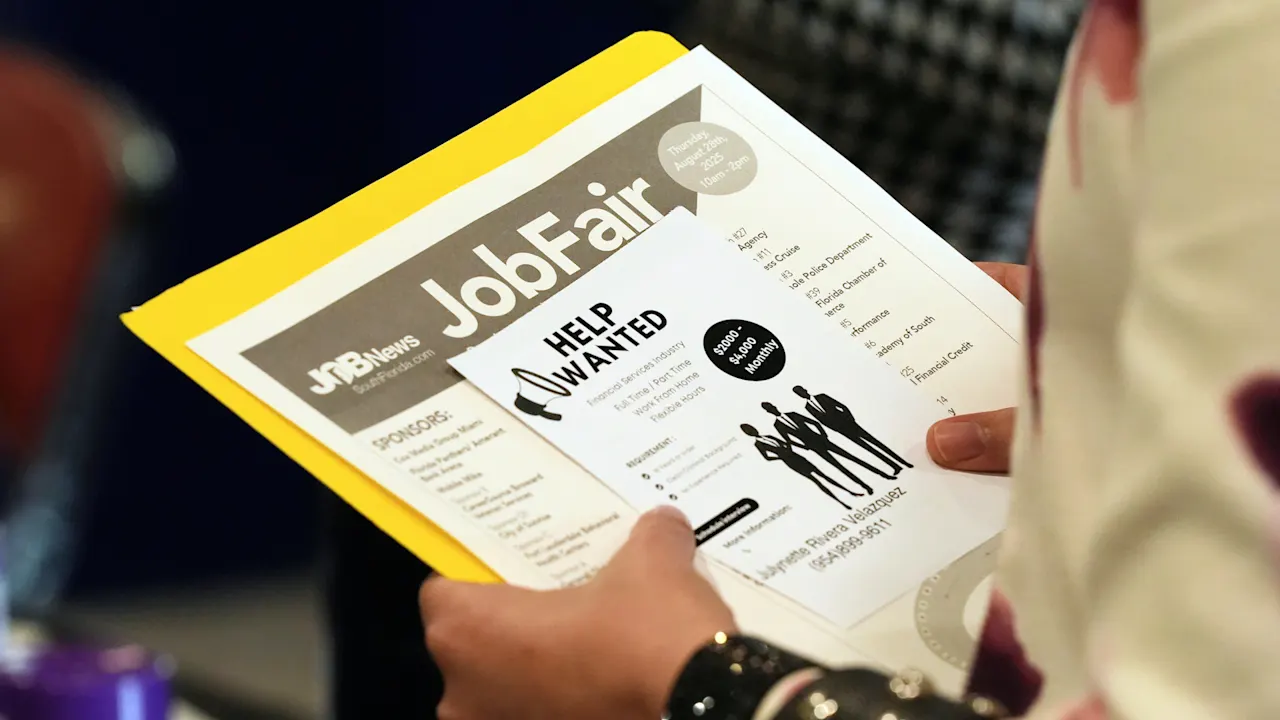In a sharp rebuke, President Donald Trump expressed his frustration with Federal Reserve Chair Jerome Powell, declaring that his “termination cannot come fast enough” amid disagreements over interest rate policies.
Trump says Federal Reserve Chair Powell’s ‘termination cannot come fast enough’
Key Takeaways:
- President Trump criticized Federal Reserve Chair Jerome Powell.
- Trump is frustrated with the Fed’s reluctance to aggressively cut interest rates.
- He stated that Powell’s “termination cannot come fast enough.”
Trump Intensifies Criticism of Federal Reserve Leadership
President Donald Trump has escalated his public criticism of Federal Reserve Chair Jerome Powell, expressing deep frustration over the central bank’s monetary policies. On Thursday, Trump declared that Powell’s “termination cannot come fast enough,” highlighting his dissatisfaction with the Fed’s reluctance to aggressively cut interest rates.
Frustration Over Interest Rates
The President’s remarks underscore a persistent tension between the White House and the Federal Reserve. Trump has repeatedly advocated for significant reductions in interest rates, believing that lower rates would bolster economic growth. However, the Fed’s cautious approach has been a point of contention.
“Termination Cannot Come Fast Enough”
In his most pointed criticism to date, Trump directly targeted Powell’s leadership. “Powell’s termination cannot come fast enough,” he stated, signaling his desire for a change at the helm of the nation’s central bank. This comment reflects the depth of the President’s frustration with the current monetary policy direction.
Implications for Monetary Policy
While the Federal Reserve operates independently of the executive branch, the President’s public discontent places additional scrutiny on the institution. The call for Powell’s termination raises questions about the future of U.S. monetary policy and the potential for shifts in the Federal Reserve’s approach to managing the economy.
Ongoing Tensions
This development marks a significant moment in the ongoing dispute between Trump and the Federal Reserve. The President’s outspoken criticism is unusual and highlights the broader debate over how best to sustain economic growth.
Conclusion
As the situation unfolds, the focus remains on how the Federal Reserve will respond to the President’s remarks and whether this pressure will influence future decisions on interest rates. The dynamic between the White House and the Federal Reserve continues to be a critical factor in the economic landscape.











